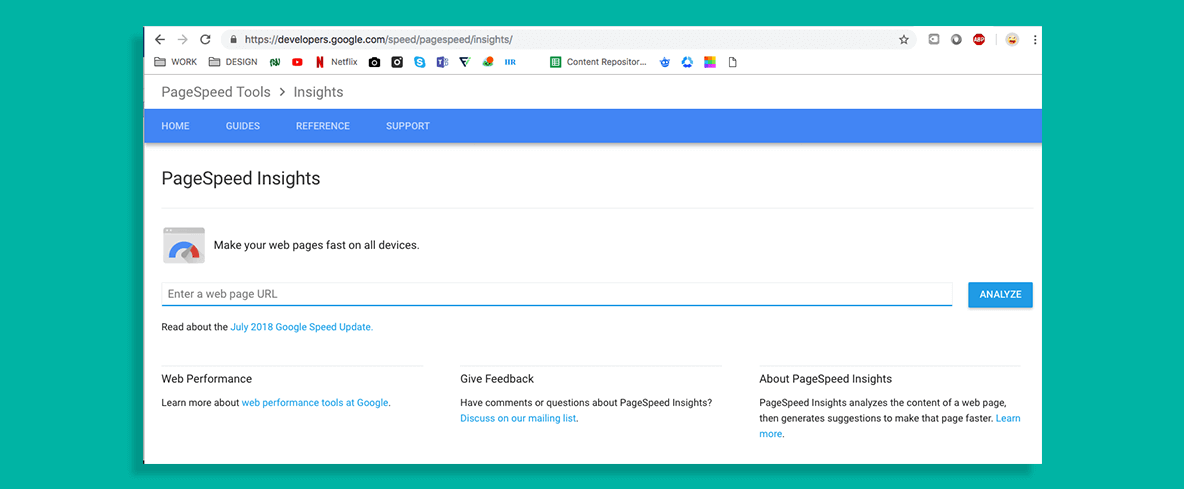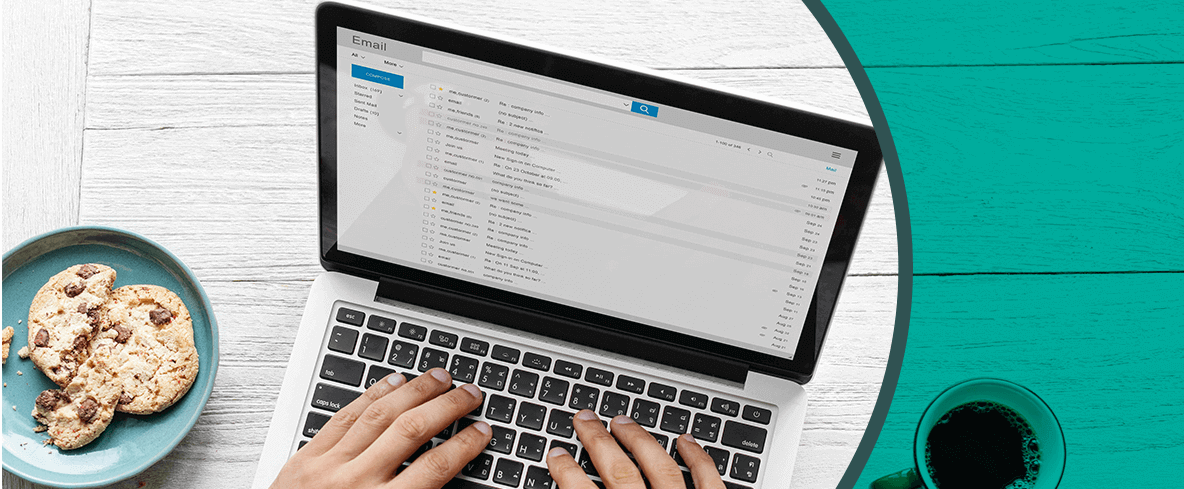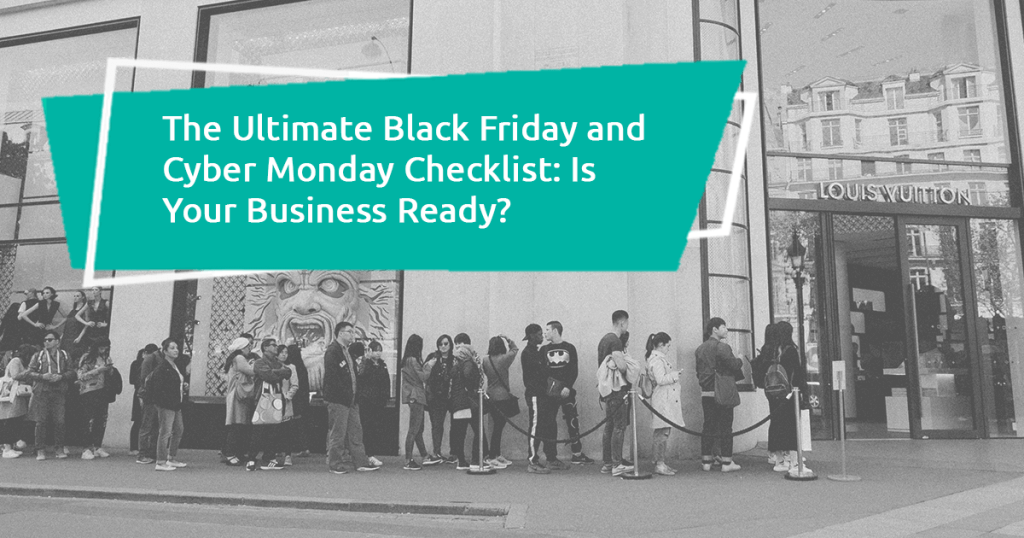Not a few digital marketers lose sleep over planning for Black Friday. And who can fault them? Thanksgiving up until Cyber Monday may be just a few days, but according to statistics, they account for more than 20% of sales for the entire holiday season. Mind-blowing, isn’t it?
The idea of thousands of customers who are hungry to spend is an exciting one—but the thought of stiff competition and the strain that Black Friday and Cyber Monday can put on your business and its various resources can take the fun away from it all.
But worry not, because we’re here to help (as always). We’ve put together a checklist of how you can best prepare for this year’s shopping frenzy and maximise what you can gain from all the people who are hoping to get their hands on the best sales and deals of 2018.
So tune out your anxious thoughts, and focus on readying your business for the onslaught of purchases that is to come. This shopping holiday can only stress you if you let it!
1. Check out last year’s data
One of the most effective ways to prepare for the Black Friday bonanza is to seek data from previous years and let them serve as your guide. Which pieces of content, promotions, keywords, and strategies worked the best last year? Which particular demographic brought you the most sales? What are the pundits saying about their expected behaviour this year?
If you don’t already keep track of these information, you can use Google Analytics to locate the data you need. Knowing what works best (and what unfortunately flopped) will let you focus on the right nature of campaigns and strategies that you should use this season.
2. Be the early bird
According to eMarketer, many holiday shoppers begin hunting for deals as early as October. Make sure you have something for these customers by enticing them with discount codes and special offers. A lot of people don’t wait until it’s Thanksgiving before getting into the holiday shopping mood—and you shouldn’t, too.
Obviously, you don’t have to go all out and offer your products at 50% off three weeks before Black Friday. But you have to make it clear that you have something in store for your customers. That way, they’re more likely to bookmark your site and come back once they’re ready to blow big bucks.
3. Give your website a speed check-up
Believe it or not, your site speed makes an impact on total sales. Did you know that 46% of online shoppers have said that a slow website will make them likely to never return?

This is especially-important to do now, since Black Friday will probably bring a significant increase in online shoppers and site visitors. You don’t want to lose out on earning opportunities just because of subpar load times, do you?
4. Avoid downtime like the plague
Surely, downtime can only be bad for business. Needless to say, it’s bad (and extremely-annoying!) for the buyer, too. Competition is so stiff these days that a malfunctioning website can easily spell the difference between a conversion and a lost customer.

Test the server load capacity of your online store and make sure that everything is finely-tuned to run smoothly over the holidays. You’ll already have a ton of other things to worry about during Black Friday weekend, such as marketing, customer service, and order fulfillment—having to deal with a crashing site should be the least of your concerns by then.
5. Build a landing page specifically for Black Friday/Sofa Sunday/Cyber Monday
It’s best not to delay creating a special landing page for Black Friday until it’s just a few days until the occasion. Creating one in advance can be a tool for driving email signups in advance. You can then use the resulting mailing list to send out newsletters containing your best-selling products, top deals, and special services when Thanksgiving rolls around.
Once Black Friday actually arrives, use the landing page to highlight key products and deals. You can also put up a counter on the page to emphasize that inventory is dropping—therefore creating a sense of urgency.
6. Set up an email strategy in advance
Great email marketing campaigns require optimal timing. You’d definitely have to do some prep work to make sure everything is in place before peak shopping season starts.

Because emails are so critical to the success of a marketing campaign, give yourself plenty of time to write, review, and revise everything to perfection. That way, you can avoid mishaps like typos and other errors that make you look unprofessional.
7. Improve mobile-friendliness
Last year, mobile purchases on Cyber Monday reached $2 billion for the very first time in the US—30 percent of the total value of online transactions. We expect to observe this trend across all markets globally, as more and more people opt to use their smartphones and tablets to shop online.

It’s then vital to optimise your site for mobile use. Make sure that everything is laid out in a clear and easy-to-navigate way. When checking your site’s mobile layout, make sure that your CTAs stand out and the search bar is easy to use.
8. Make quick checkout possible (the quicker the better!)
Amazon has determined that every 100-millisecond increase in loading time decreases its sales by 1%. This just emphasises how important it is to be able to keep up with fast-moving consumers in this fast-paced world.
Aside from merely functioning smoothly, you also need to take a deeper look into the actual shopping and checkout experience. How easy is it for your customers to add an item to their cart? Does your website allow quick purchases?

Count how many steps it takes for a customer to complete an order, and aim to cut that down as much as you possibly can. Complex navigation and a purchasing process that unnecessarily takes too much effort can turn off visitors from spending on your site.
Setting up the option to quickly checkout straight from, say, the home page is a tactic that’s used by big-name stores. You can also set up PayPal payment if you haven’t. Securely saving account information for return customers should help a lot, as well.
9. Back everything up
From site code to content and images, saving backups of pretty much everything would be a smart move. Black Friday, Sofa Sunday, and Cyber Monday only come once a year. But the overwhelming magnitude by which they impact businesses makes it worthwhile to invest extra effort and prep time.
If things go smoothly, you won’t even have to use these backups. However, you’ll surely appreciate having them on standby once a dreadful hiccup happens.

